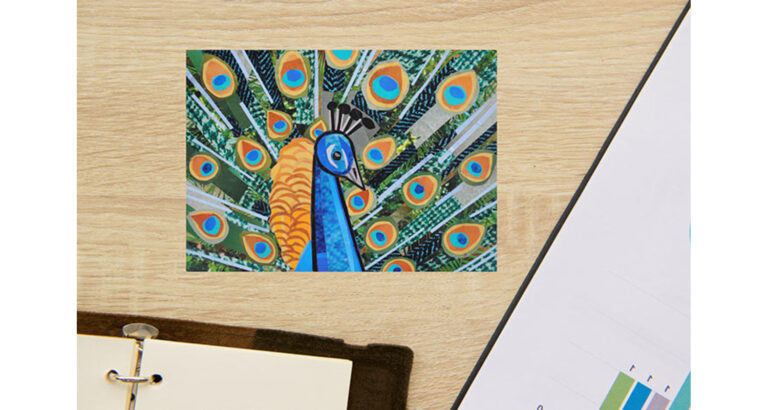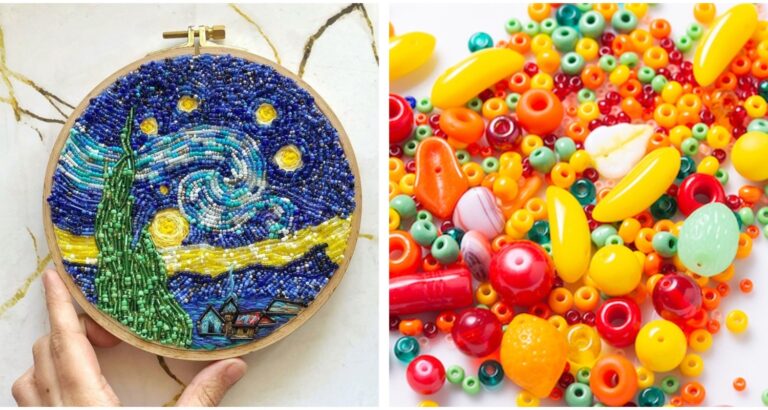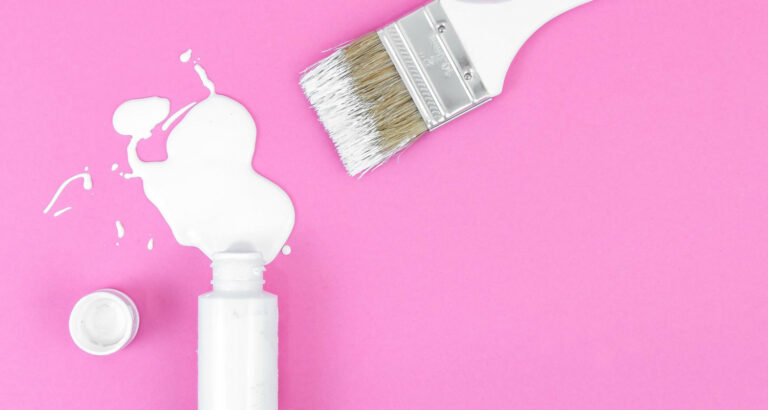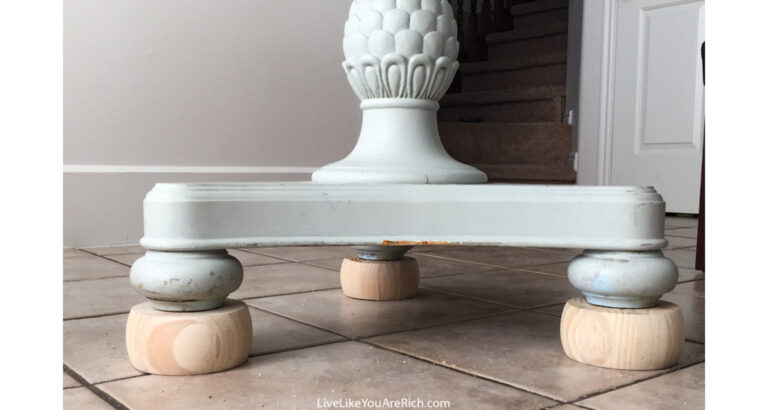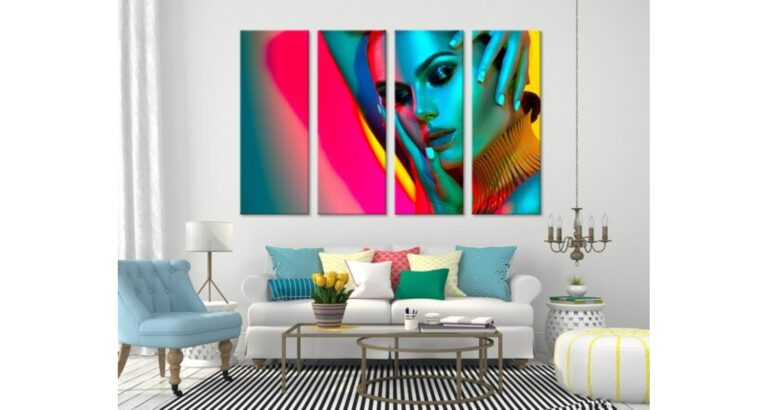Act now to transform your passion into a tangible reality! Creating your own art studio is easier than you think. This guide will show you the essential steps and tips to design a space that sparks your creativity and boosts your artistry.
How to Make an Art Studio: Select a dedicated space, gather your art supplies, and ensure good lighting and ventilation. Keep it organized and inspirational with your personal touch!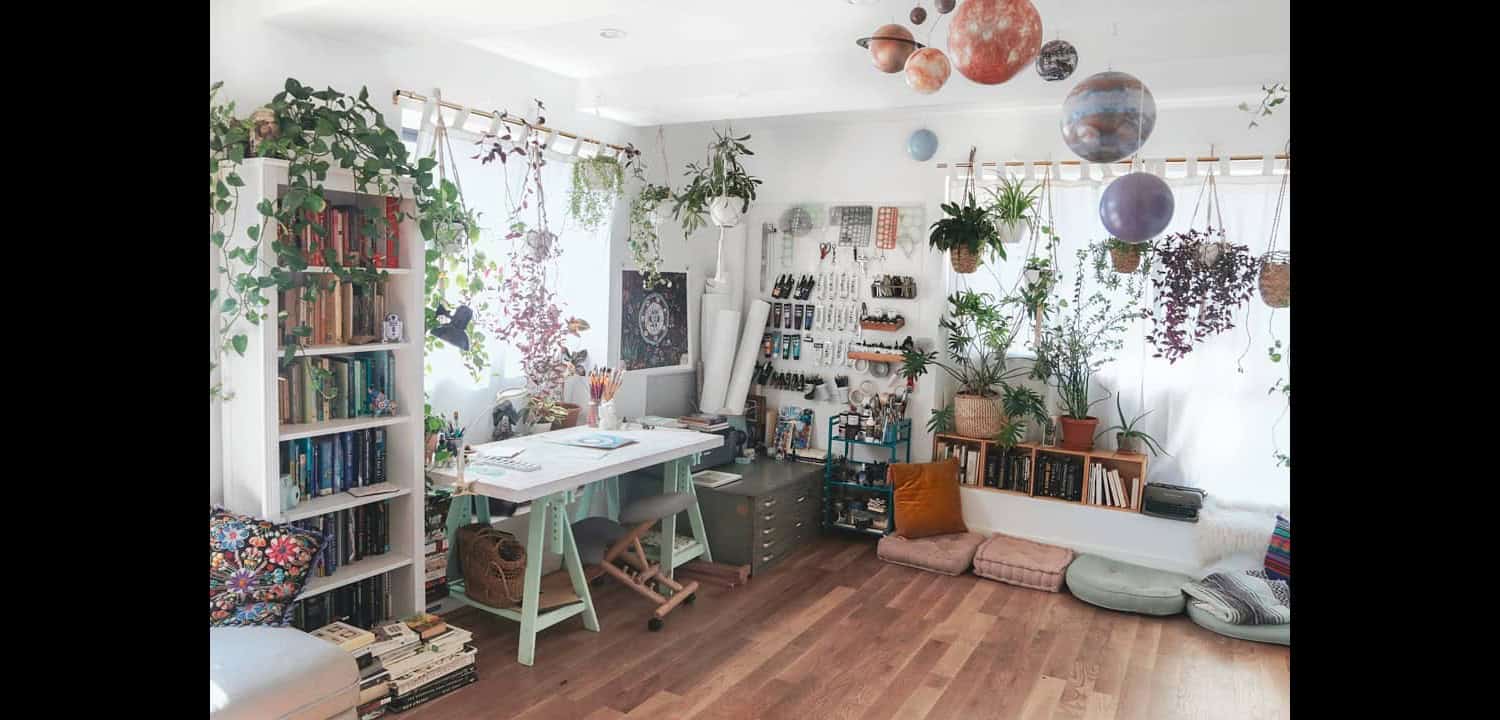
Don’t stop here! Discover more about optimizing your studio layout and choosing the right tools to enhance your artistic environment. Unlock your full creative potential—read on!
Setting Up Your Space
When creating an art studio, the first step is choosing the right spot. Your art studio is where magic happens, so the space needs to inspire creativity and feel just right.
Finding the Right Space
Every home holds a potential art studio. You might not see it yet, but with a bit of creativity, spaces transform. Consider these options:
- Spare Rooms: An unused bedroom or office can quickly become a creative sanctuary. These rooms often provide the necessary privacy and space for larger projects.
- Attics: With their secluded nature and unique architectural elements, attics are perfect for artists who appreciate a retreat away from household distractions. They offer ample space for both painting easels and sculpting stands.
- Closets: For smaller scale artists, even a closet can serve as a mini studio. It’s about maximizing the available space with smart storage and organization solutions that keep all your tools within easy reach.
Size Matters based on your art’s nature. A painter might need space for large canvases, while a jewelry maker requires less square footage but more intricate storage solutions. Think about the scale of your work and the movements involved—make sure you have enough room to step back and view your art from different angles or to spread out materials as needed.
Remember, the right space isn’t just about size, but also about feeling. It should be a place where you feel comfortable and free to explore your creativity.
Let’s dive deeper into how to tailor your studio to fit not just your artistic needs, but also your personal style and practical life. Keep reading to learn more about customizing your space and choosing the best tools and setups for various types of art.
Furnishing Your Art Studio
Furnishing your art studio doesn’t have to drain your wallet. Focus on function and affordability to create a space that supports your creativity and comfort.
- Adjustable Tables: An essential for any artist, adjustable tables allow you to work at different heights and angles, ideal for various art forms. Whether you’re sketching or sculpting, being able to adjust the table to your needs can prevent strain and boost your productivity.
- Ergonomic Chairs: Long hours in the studio mean you need to think about your back and posture. Ergonomic chairs support proper posture and reduce the risk of back pain, which is crucial for artists who spend hours immersed in their work.
- Smart Storage Solutions: Organize your art supplies with affordable shelving units, drawers, or pegboards. Keeping everything within easy reach yet neatly stored can make your studio a more inviting place to work.
DIY and Repurposing can also add a unique touch to your studio:
- DIY Projects: Build your own easels or storage units. Not only is this often more cost-effective, but it also allows you to customize pieces exactly to your needs.
- Repurpose Old Furniture: Give a new life to an old cabinet as a supply cupboard or transform a vintage desk into your painting station. Repurposing furniture not only saves money but also adds character to your studio.
With a little creativity and some resourceful thinking, you can set up a fully functional and personalized art studio that fosters creativity and productivity. Keep reading to learn more about optimizing your studio environment!
Organizing Supplies
Effective organization is key to a productive art studio. Here’s how to keep everything in order and out of the way, so your creativity can flow unimpeded.
- Creative Use of Vertical Space: Think upwards! Using wall-mounted shelves, hanging organizers, or pegboards can greatly increase your storage options without sacrificing floor space. This method is especially useful in smaller studios where maximizing vertical area is essential.
- Curtains for Concealment: Sometimes, you want to keep your supplies close but not in constant view. Installing curtains is a simple, stylish way to cover up storage areas or shelving. It keeps the studio looking neat and ensures that supplies are easily accessible without cluttering the visual space.
Tips for a Clutter-Free Studio:
- Regular Clean-up: Make it a habit to clean your studio regularly. A tidy space helps prevent the loss of supplies and keeps your mind clear.
- Designated Areas: Assign specific areas for different supplies and stick to this arrangement. It reduces time spent searching for materials and helps maintain order.
Organizing your studio effectively not only enhances productivity but also ignites creativity by creating a more appealing and functional workspace. Keep reading to discover more ways to make your art studio a haven for your artistic pursuits!
Enhancing Your Art Studio
A well-lit and well-ventilated space not only ensures comfort but also greatly influences the quality of your artwork and your health. Here’s how to optimize these aspects in your studio.
Ensuring Proper Lighting and Ventilation
Lighting is crucial in any art studio. It affects how you see colors and details in your work.
- Natural Light: The best light for art studios is natural light because it provides the most accurate color rendition. Position your workspace near windows to maximize the use of daylight. If your studio lacks sufficient windows, consider using light-colored curtains or blinds to diffuse the light evenly without creating glare.
- Artificial Lighting: When natural light isn’t enough, artificial lighting comes into play. Invest in daylight bulbs which mimic the spectrum of natural light. Arrange multiple sources, such as overhead lights combined with task lamps, to eliminate shadows and ensure even lighting across your workspace.
Ventilation is equally important, especially when working with mediums that emit fumes.
- Keep Air Fresh: Proper ventilation is essential to maintain a safe and comfortable working environment. If your studio space does not have good natural airflow, use mechanical ventilation like exhaust fans or air purifiers. These are crucial, particularly when working with materials like oils or acrylics that can release potentially harmful fumes.
- Windows and Fans: Opening windows and using standing or ceiling fans can help circulate air and reduce the buildup of odors and pollutants. Even in cooler weather, it’s important to ensure a fresh air supply to keep the studio environment healthy.
By focusing on these enhancements, you create not just a functional space but a sanctuary that supports your health and artistic vision. Continue reading to discover more tips and techniques to further optimize your art studio!
Decor and Inspiration
The aesthetic of your art studio greatly influences your creativity and productivity. Here are some tips to make your space both inspiring and comfortable.
- Choosing Wall Colors: The colors around us affect mood and mental clarity. Choose hues that inspire your creativity. Soft blues and greens promote calm and focus, making them excellent choices for a studio. If you prefer a more vibrant setting, warm colors like yellow or light orange can energize the space.
- Decor That Inspires: Decorate with items that stimulate your creativity. Art prints, inspirational quotes, or even a mood board can serve as daily motivation. Ensure that the decor is not too overwhelming; the aim is to inspire, not distract.
Personal Touches
- Elements of Nature: Incorporating natural elements can enhance the sense of calm and inspiration in your studio. A few potted plants can purify the air and add a touch of life, affecting your well-being and creativity positively.
- Personal Artifacts: Make the space uniquely yours by adding personal items that hold meaning or inspire you. Whether it’s handmade pottery, a collection of stones, or photos from your travels, these elements make the studio feel more personal and less sterile.
With these considerations, your studio will not only be a place of work but also a source of constant inspiration and personal comfort. Keep exploring further enhancements to make your art studio a perfect haven for creativity!
Maintaining Your Art Studio
Keeping your art studio in pristine condition is essential for uninterrupted creativity. Here’s how to ensure it remains a conducive space for your artistic endeavors.
- Regular Cleaning: Dust and clutter can accumulate quickly in a creative space, especially where materials and tools are frequently used. Set a regular cleaning schedule to tidy up the studio. Focus on wiping down surfaces, organizing tools and supplies, and sweeping or vacuuming the floors. This not only maintains the studio’s appearance but also protects your health and your artworks from dust and debris.
- Maintenance Tips: Check and maintain your equipment regularly—whether it’s sharpening your pencils, cleaning your brushes after use, or servicing any mechanical tools. Proper maintenance extends the life of your supplies and ensures they’re always ready when inspiration strikes.
Periodic Reassessment
- Reorganize for Efficiency: As your artistic style or medium evolves, so should your workspace. Periodically reassess the layout and organization of your studio. Maybe the light has changed with the seasons, or new tools need more accessible storage. Adjusting your space to fit your current workflow can enhance productivity and make the creative process more fluid.
- Adapt and Improve: Don’t be afraid to change things that aren’t working for you anymore. Perhaps a storage solution isn’t as effective as anticipated, or the flow of the room needs tweaking. Regular updates can keep your studio environment fresh and inspiring.
By regularly maintaining and reassessing your studio, you create a dynamic and supportive space that adapts to your changing artistic needs. This ongoing effort helps ensure that your studio remains an ideal place for creativity to flourish.
FAQ Section
What do I need to set up an art studio at home?
Ensure you have a designated space, proper lighting, ventilation, and basic supplies. Adjustable tables and ergonomic chairs enhance comfort and efficiency.
How do I choose the best lighting for my art studio?
Prefer natural light for true color accuracy. Supplement with daylight bulbs to maintain a consistent light environment, especially in dim conditions.
Can I use any room as an art studio?
Yes, any room can be transformed into an art studio with good organization, adequate lighting, and ventilation. Spare rooms and attics are ideal due to their seclusion and space.
What are some good storage solutions for art supplies?
Utilize vertical space with shelving and pegboards. Hidden storage like curtains can keep your studio organized and visually clean.
How often should I clean my art studio?
Clean weekly to maintain a healthy and inspiring environment. Regular maintenance keeps your creative space welcoming and functional.
Conclusion
Transforming any room into an art studio is an achievable dream. By focusing on essential elements like space, lighting, and organization, you create a conducive environment for creativity. Remember to regularly maintain your space and adapt it as your artistic needs evolve. Share your experiences and tips on creating and maintaining an inspiring art studio!

I am Sammy and I blog at Live it. Love it. Make it. It is creative lifestyle blog run by best friends H and Sammy. Head over and follow our crafty adventures!

